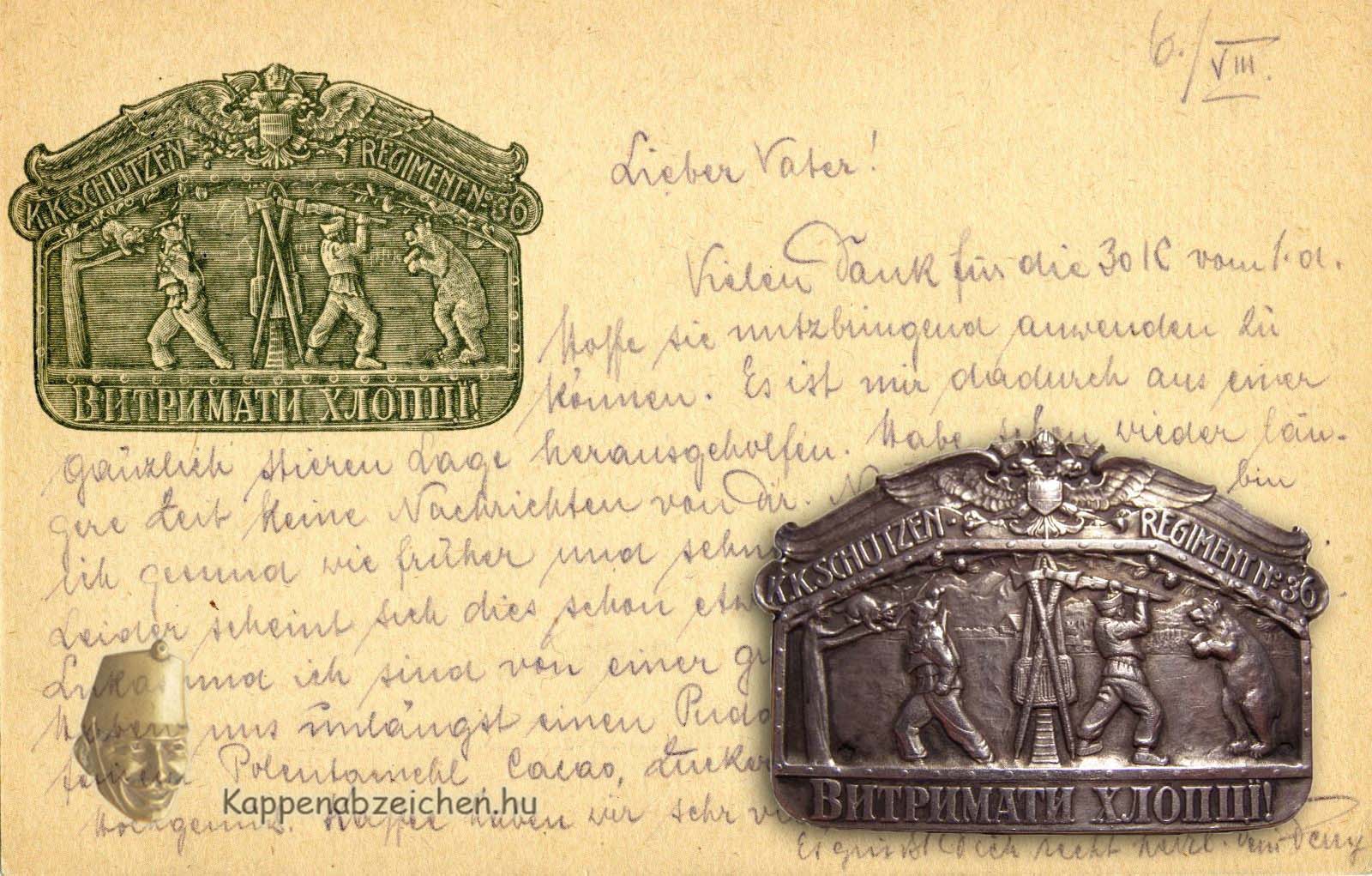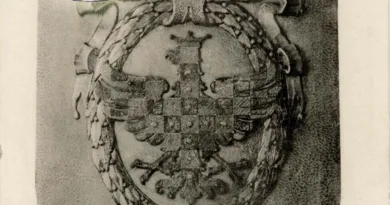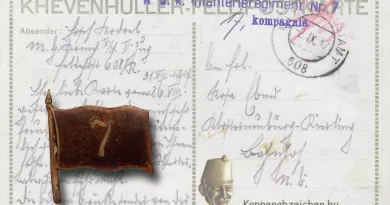LIR 36
“Hold on guys!” says the Ruthenian inscription of the 36th Landwehr Infantry Regiment. This may have been the motto of the regiment, which they called to themselves in difficult situations. The regiment was established in 1899 in Eastern Galicia, in the area of Kolomea, Stanislau and Czortków. The command was in Kolomea. The regiment was assigned to the 43rd division. This division fought on the Russian front assigned to various corps until the middle of 1916. From the end of 1916, he moved to the Italian front.
Deciphering the symbolism and inscription of the badge is not an easy task. What you can quickly learn is the meaning of the word “hlopets”, which means guy, boy, and several Slavic languages have similar sounding words. It probably got into the routine through Polish mediation. As a next step, it was necessary to find the ethnic group using the word. As a result of the current terrible war, every possible forum emphasizes Ukrainian unity, which may be politically important, but cannot hide the fact that today’s Ukraine is a multi-ethnic country. Citizens who define themselves as Ukrainians also historically belonged to several ethnic groups. These were related nations, but not identical, and the differences were reflected in language, culture and even religion. The ethnic groups living in the foreland of the Carpathians for example are Greek Catholic and not Orthodox.
According to the sources, Ruthenian is also the collective name of several ethnic groups. The four ethnic groups were located from the Beskids to Bukovina, and in the entire area of the old Máramaros county. I think that the badge is most reminiscent of the Hutsuls, a southern ethnic group. On the one hand, the word hlopets refers mainly to this ethnic group, and on the other hand, the woodcutter ax seen on the badge refers to the main occupation of the Hutsuls, logging and rafting. One more small addition to the Hutsuls: there are two Hutsul museums in Kolomea, the center of the 36th regiment.

There are two enemies depicted on the badge. The bear branching out to the right clearly refers to Russia. The cat perched on the tree on the left traditionally represented the Italians during the Great War. Since the regiment fought on both fronts, these two interpretations seem well founded




